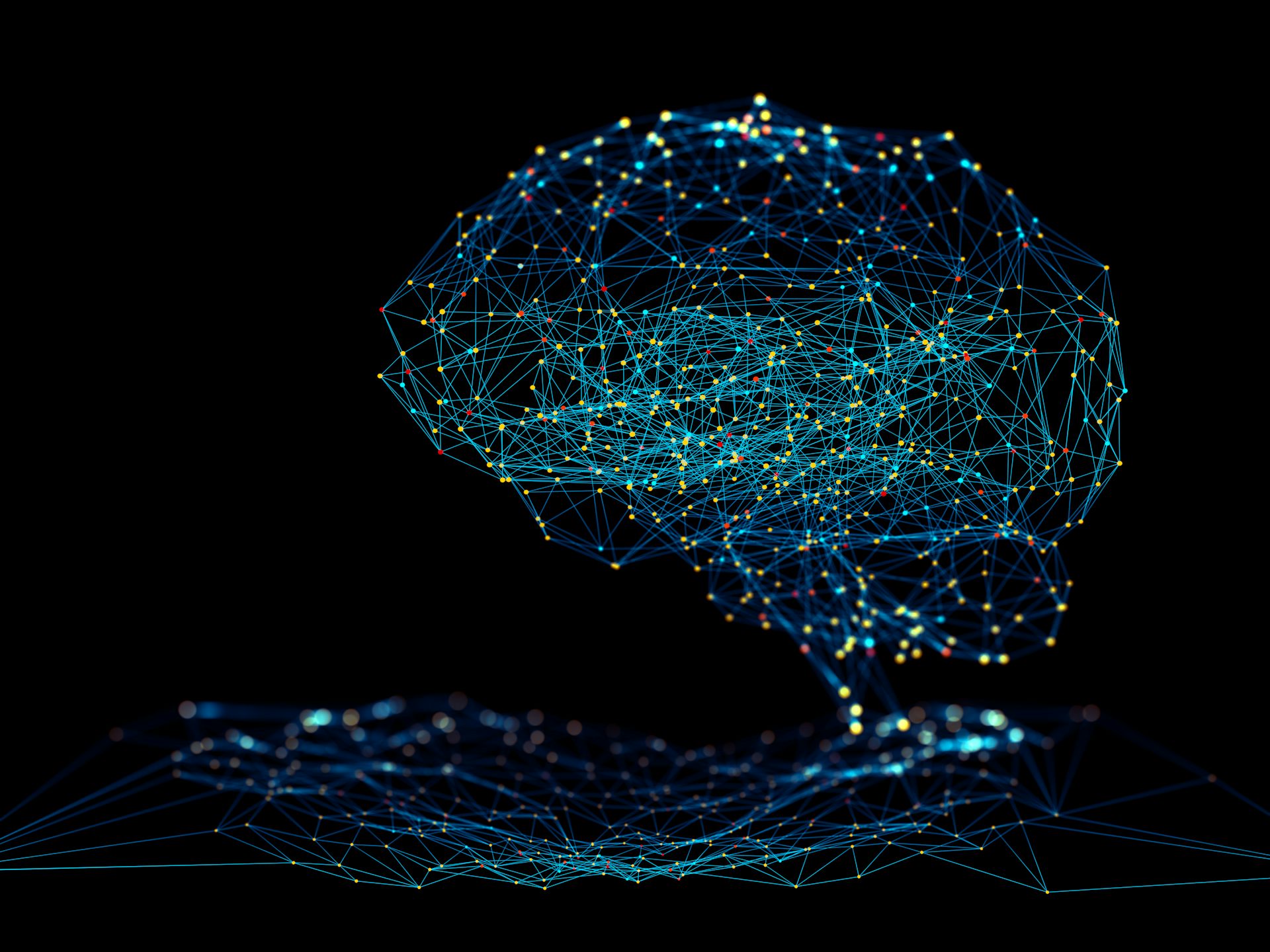


When you are diving into the world of deep learning, there are two choices for how your neural network models will process information: by utilizing the processing power of CPUs or by using GPUs. Let’s discuss whether GPUs are a good choice for a deep learning workstation, how many GPUs are really needed for deep learning, and which GPUs are the best picks for your deep learning workstation.Īccelerate your machine learning research with an Exxact solution starting around $5,500 There are also two companies who own the GPU market: NVIDIA and AMD. At the end of this guide, we’ll give our best recommendations that excel in each of these areas. When it comes to GPU selection, you want to pay close attention to three areas: high performance, memory, and cooling. The GPU you choose is perhaps going to be the most important decision you'll make for your deep learning workstation. If you are building or upgrading your own deep learning workstation, then you will inevitably begin to wonder, how many GPUs you would need for an AI workstation focused on deep learning or machine learning. Is one adequate, or should you add 2 or 4? Running the model with accelerator achieves more speedup and running the model on the clusters with both TensorFlow versions obtains higher performance.Choosing the Right Number of GPUs for a Deep Learning Workstation The comparison results show using the TensorFlow 2.0 is better than when using the TensorFlow 1.0. The results contain the comparison run time of the classification model for the same dataset when run on a different machine with or without accelerator and using two different TensorFlow versions. Reducing the CPU number that is used to distribute the data on multi- GPUs makes the speedup higher than using more CPUs that are responsible to distribute the data on the same number of GPUs. When the model runs on GPUs it requires a CPU to make the computation processing complete. When more devices (GPU) have been added to these processors to run the model the performance becomes faster especially for the larger batch sizes. The speedup is the highest when training a large batch size of samples with a higher number of processors. The results show the performance of running the model for training a large dataset that becomes better each time the number of processors increases. These clusters were developed by the University of Vermont for artificial intelligence research. The hardware utilized for this work consist of two clusters referred to as BlueMoon CPU and DeepGreen GPU. Also, TensorFlow 2.0 has the methods used to distribute the run on multi-CPUs and multi-GPUs which use the strategy scope to run the model in parallel. This work uses TensorFlow 2.0 which is easier to code, faster to build the models, and faster for training time. TensorFlow provides all the resources and operations that are needed to process the neural networks computations.

The goal is to find the most efficient machine and platform to run the neural networks computation. The run time is an important factor for deep learning projects. It compares performance when the run happens on CPUs and on GPUs regarding the run time and speed. This work discusses the performance of a deep learning model to train a very large dataset with TensorFlow. In particular, TensorFlow is often used in one of the machine learning branches and is called deep learning. TensorFlow has been developed to deal with and analyze neural networks computation. Because of the demanding computational usage of machine learning, this field has many dimensions needing research. Machine learning is a rapidly growing field that has become more common of late.


 0 kommentar(er)
0 kommentar(er)
